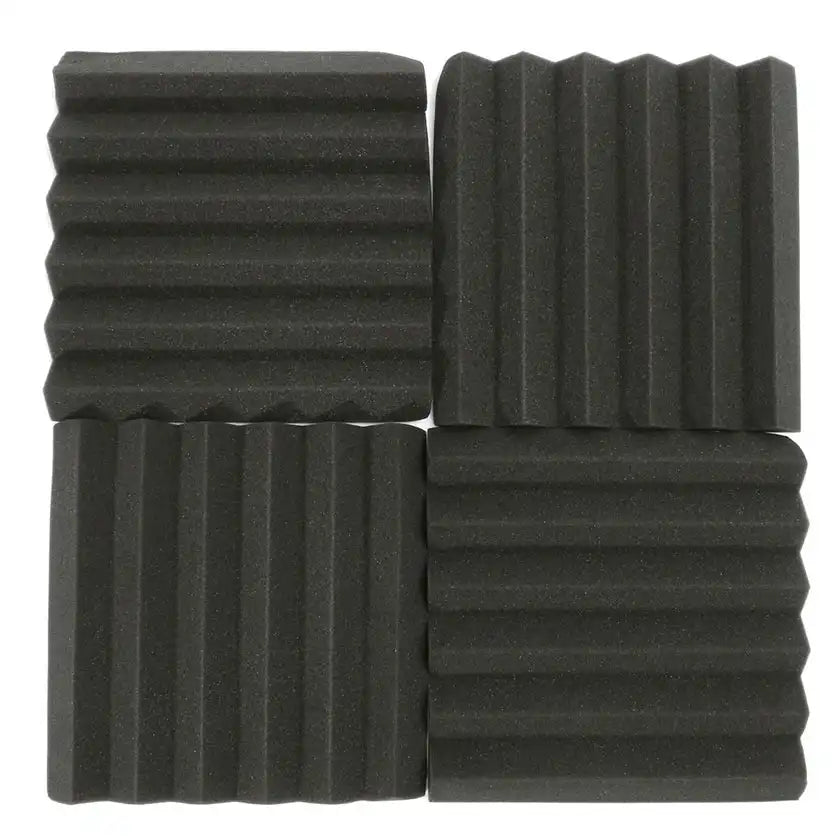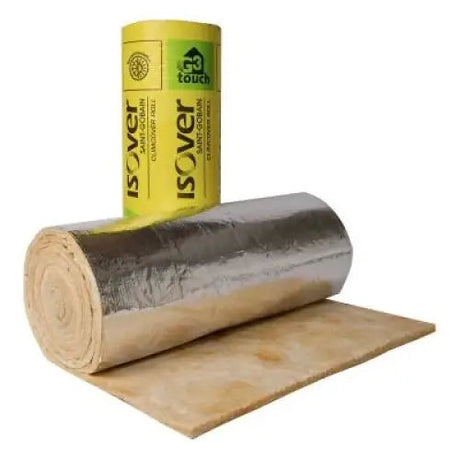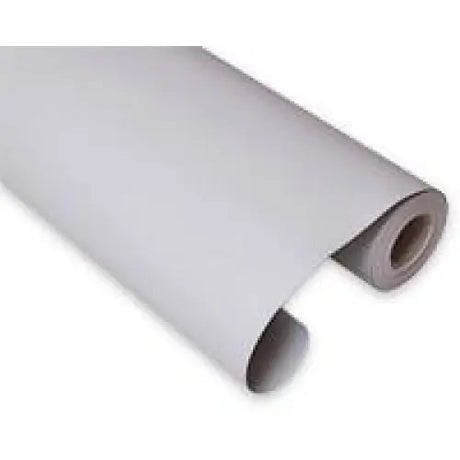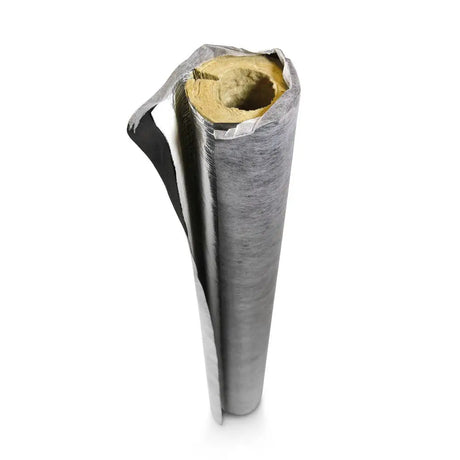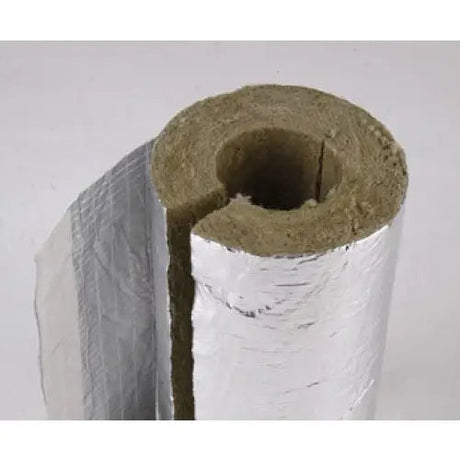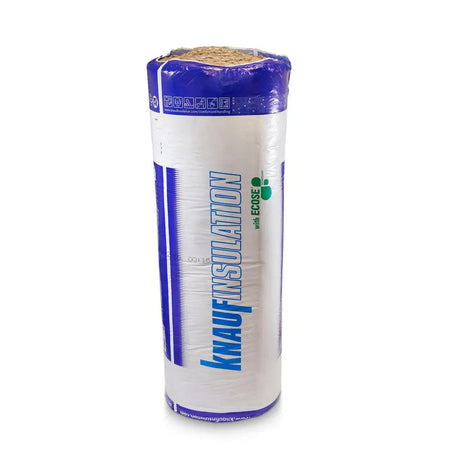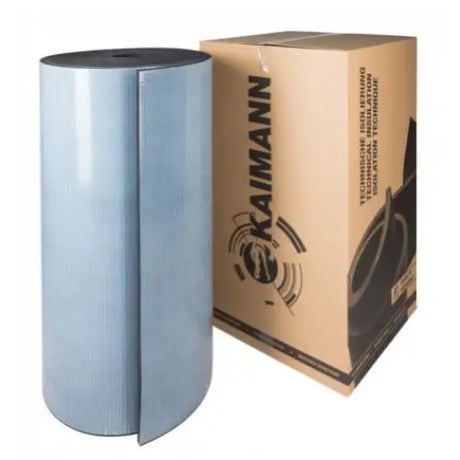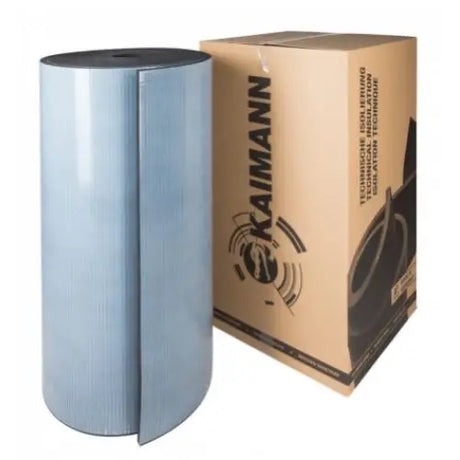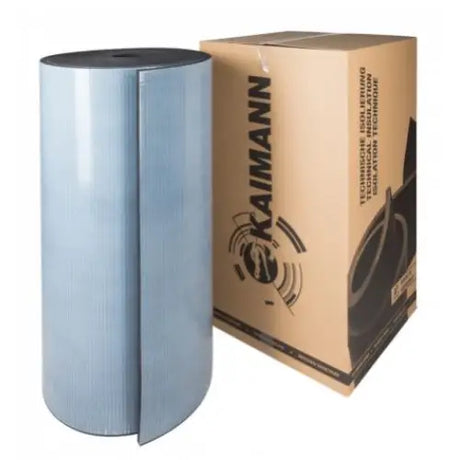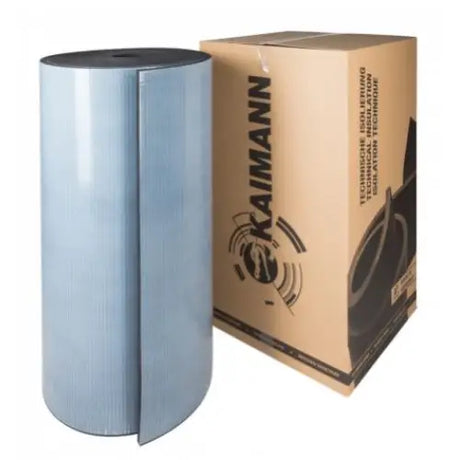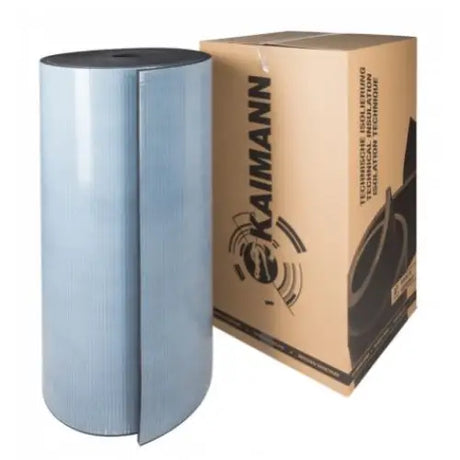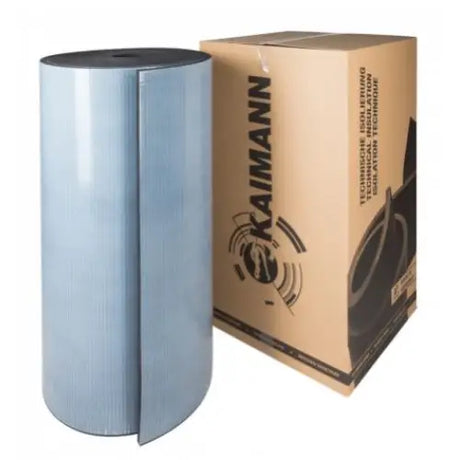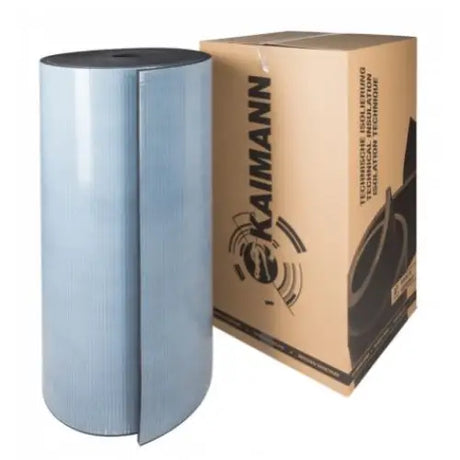Insulation & More
Cut to Size Sheeting for Isogenopak Insulation Cladding
From £233Unit price /UnavailableRockwool
Rockwool (Paroc) Pipe Insulation in PIB Cladding
From £1334Unit price /UnavailableIn stockSiniat
Siniat GTEC DB Board 12.5mm Thickness Tapered Edge Plasterboard
From £2850Unit price /UnavailableIn stockKaimann
Kaiflex ST Sheet 50mm Black Continuous Self-Adhesive
£29919Unit price /UnavailableIn stockKaimann
Kaiflex ST Sheet 40mm Black Continuous Self-Adhesive
£35034Unit price /UnavailableIn stockKaimann
Kaiflex ST Sheet 32mm Black Continuous Self-Adhesive
£32932Unit price /UnavailableIn stockKaimann
Kaiflex ST Sheet 25mm Black Continuous Self-Adhesive
£34630Unit price /UnavailableIn stockKaimann
Kaiflex ST Sheet 19mm Black Continuous Self-Adhesive
£34911Unit price /UnavailableIn stockKaimann
Kaiflex ST Sheet 13mm Black Continuous Self-Adhesive
£38099Unit price /UnavailableIn stockKaimann
Kaiflex ST Sheet 10mm Black Continuous Self-Adhesive
£50855Unit price /UnavailableIn stockKaimann
Kaiflex ST Sheet 6mm Black Continuous Self-Adhesive
£69353Unit price /UnavailableIn stockKaimann
Kaiflex ST Sheet 3mm Black Continuous Self-Adhesive
£64452Unit price /UnavailableIn stock
What is Acoustic Insulation?
Acoustic insulation refers to the use of materials or techniques to reduce the transmission of sound or noise from one space to another. The purpose of acoustic insulation is to create a quieter environment by reducing the amount of sound that enters or exits a room or building.
Acoustic insulation materials can be used in walls, ceilings, and floors to prevent sound waves from passing through them. These materials can include insulation batts made of fibreglass, mineral wool, or cellulose, as well as acoustic foam panels, acoustic curtains, and acoustic blankets.
The effectiveness of acoustic insulation is typically measured in terms of its Sound Transmission Class (STC) rating. The higher the STC rating, the more effective the insulation is at reducing sound transmission.
Acoustic insulation is commonly used in residential and commercial buildings, music studios, movie theatres, and other spaces where noise reduction is important. It can also be used in industrial settings to reduce noise pollution and improve worker safety.
Is there a difference Between Soundproofing and Acoustic Insulation?
Yes, there is a difference between soundproofing and acoustic insulation, although the terms are often used interchangeably.
Soundproofing refers to the process of reducing or blocking sound transmission between spaces. This typically involves adding sound-absorbing materials or constructing barriers to prevent sound waves from passing through walls, floors, and ceilings.
Acoustic insulation, on the other hand, refers specifically to the use of materials or techniques to reduce the transmission of sound or noise from one space to another. Acoustic insulation is often used in walls, ceilings, and floors to prevent sound waves from passing through them.
While both soundproofing and acoustic insulation are used to reduce unwanted noise, soundproofing typically involves a more comprehensive approach to blocking sound transmission, while acoustic insulation focuses specifically on reducing noise through the use of insulation materials.
In summary, soundproofing is a broader term that encompasses various techniques and materials used to prevent the transmission of sound, while acoustic insulation is a specific type of material or technique used to reduce noise transmission.
What Is an STC Rating?
The Sound Transmission Class (STC) rating is a measure of how well a building material or assembly reduces sound transmission through it. The STC rating is used to compare the sound-blocking properties of different materials or assemblies.
How Are STC Ratings Measured?
STC rating is measured on a scale from 0 to 100, with higher ratings indicating better soundproofing performance. For example, a wall with an STC rating of 50 will reduce sound transmission by 50 decibels.
The STC rating is determined through a standardized laboratory test in which sound is transmitted through a partition or assembly in a controlled environment. The test measures the amount of sound that passes through the assembly and calculates the STC rating based on the amount of sound attenuation achieved.
Why Is an STC Rating Relevant?
STC rating is relevant because it helps to determine the effectiveness of a material or assembly in reducing sound transmission. For example, a higher STC rating is desirable in sound-sensitive environments such as recording studios, movie theatres, and residential apartments where noise pollution can be a problem. By choosing materials or assemblies with higher STC ratings, it is possible to create a quieter environment and improve the quality of life for occupants.
What Insulation Is Best for SoundProofing
There are several types of insulation materials that can be effective for soundproofing, depending on the specific application and the desired level of sound reduction. Some of the best insulation materials for soundproofing include:
- Fibreglass Insulation: Fiberglass is a commonly used insulation material that can also help to reduce sound transmission. It is lightweight and easy to install and can be used in walls, floors, and ceilings to absorb sound waves.
- Mineral Wool Insulation: Mineral wool insulation is made from rock or slag fibres and is denser than fibreglass. It is effective at reducing both airborne and impact noise, making it a good choice for soundproofing walls, floors, and ceilings.
- Cellulose Insulation: Cellulose insulation is made from recycled paper and is a cost-effective option for soundproofing. It can be blown into walls and ceilings to fill voids and absorb sound waves.
- Acoustic Foam Panels: Acoustic foam panels are designed specifically for soundproofing and are highly effective at reducing echo and noise. They are lightweight and easy to install and can be used in recording studios, home theatres, and other spaces where sound quality is important.
- Mass Loaded Vinyl (MLV): MLV is a flexible vinyl material that is highly effective at blocking sound. It is often used in walls, ceilings, and floors to reduce sound transmission and can be used in combination with other insulation materials for added soundproofing performance.
How Thick Should Acoustic Insulation Be?
The thickness of acoustic insulation needed for effective soundproofing will depend on several factors, including the type of noise being transmitted, the frequency of the noise, and the STC rating required for the application.
As a general rule, thicker insulation will provide better soundproofing performance than thinner insulation. However, there is no one-size-fits-all answer to how thick acoustic insulation should be, as it will vary depending on the specific application.
In some cases, a single layer of insulation may be sufficient to achieve the desired level of soundproofing, while in other cases, multiple layers may be necessary. Additionally, other factors such as the construction of the building and the presence of air gaps or other sound leaks will also affect the performance of the insulation.
It is important to consult with an experienced insulation contractor who can assess the specific needs of your project and recommend the appropriate thickness and type of acoustic insulation for the desired level of soundproofing. Additionally, the STC rating of the insulation should be considered, as this will give an indication of the level of soundproofing performance that can be expected from the insulation.

